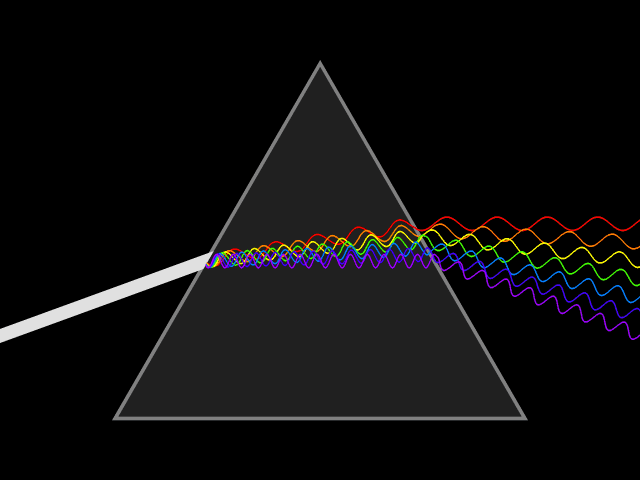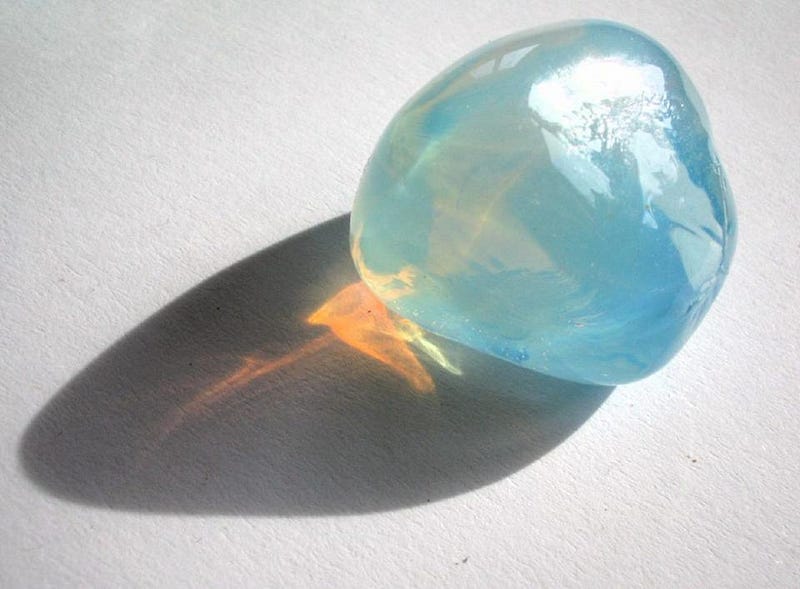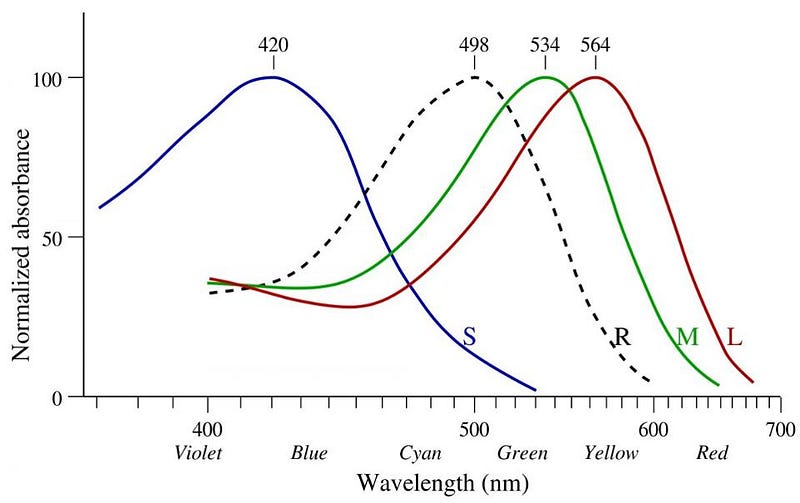Why the sky is blue, according to science

If you’ve ever wondered where it gets its blue color from, physics has you covered.
“That’s a misconception, Lennie. The sky is everywhere, it begins at your feet.” –Jandy Nelson
One of the first questions a curious child often asks about the natural world is “why is the sky blue?” Yet despite how widespread this question is, there are many misconceptions and incorrect answers bandied about — because it reflects the ocean; because oxygen is a blue-colored gas; because sunlight has a blue tint — while the right answer is often thoroughly overlooked. In truth, the reason the sky is blue is because of three simple factors put together: that sunlight is made out of light of many different wavelengths, that Earth’s atmosphere is made out of molecules that scatter different-wavelength light by different amounts, and the sensitivity of our eyes. Put these three things together, and a blue sky is inevitable. Here’s how it all comes together.

Sunlight is made up of all the different colors of light… and then some! The photosphere of our Sun is so hot, at nearly 6,000 K, that it emits a wide spectrum of light, from ultraviolet at the highest energies and into the visible, from violet all the way to red, and then deep into the infrared portion of the spectrum. The highest energy light is also the shortest-wavelength (and high-frequency) light, while the lower energy light has longer-wavelengths (and low-frequencies) than the high-energy counterparts. When you see a prism split up sunlight into its individual components, the reason the light splits at all is because of the fact that redder light has a longer wavelength than the bluer light.

The fact that light of different wavelengths responds differently to interactions with matter proves extremely important and useful in our daily lives. The large holes in your microwave allow short-wavelength visible light in-and-out, but keep longer-wavelength microwave light in, reflecting it. The thin coatings on your sunglasses reflect ultraviolet, violet, and blue light, but allow the longer-wavelength greens, yellows, oranges, and reds to pass through. And the tiny, invisible particles that make up our atmosphere — molecules like nitrogen, oxygen, water, carbon dioxide, as well as argon atoms — all scatter light of all wavelengths, but scatter the shorter-wavelengthlight much more efficiently.

Because these molecules are all much smaller than the wavelength of light itself, the shorter the light’s wavelength is, the better it scatters. In fact, quantitatively, it obeys a law known as Rayleigh scattering, which teaches us that the violet light at the short-wavelength limit of human vision scatters more than nine times more frequently than the red light at the long-wavelength limit. (The scattering intensity is inversely proportional to the wavelength to the fourth power: I ∝ λ-4.) While sunlight falls everywhere on the day side of Earth’s atmosphere, the redder wavelengths of light are only 11% as likely to scatter, and therefore make it to your eyes, as the violet light is.

When the Sun is high in the sky, this is why the entire sky is blue. It appears a brighter blue the farther away from the Sun you look, because there’s more atmosphere to see (and therefore more blue light) in those directions. In any direction you look, you can see the scattered light coming from the sunlight striking the entirety of the atmosphere between your eyes and where outer space begins. This has a few interesting consequences for the color of the sky, depending on where the Sun is and where you’re looking.

If the Sun is below the horizon, the light all has to travel through large amounts of atmosphere. The bluer light gets scattered away, in all directions, while the redder light is far less likely to get scattered, meaning it arrives at your eyes. If you’re ever up in an airplane after sunset or before sunrise, you can get a spectacular view of this effect.

It’s an even better view from space, from the descriptions and also the images that astronauts have returned.

During sunrise/sunset or moonrise/moonset, the light coming from the Sun (or Moon) itself has to pass through tremendous amounts of atmosphere; the closer to the horizon it is, the more atmosphere the light must pass through. While the blue light gets scattered in all directions, the red light scatters much less efficiently. This means that both the light from the Sun’s (or Moon’s) disk itself turns a reddish color, but also the light from the vicinity of the Sun and Moon — the light that hits the atmosphere and scatters just once before reaching our eyes — is preferentially reddened at that time.

And during a total solar eclipse, when the Moon’s shadow falls over you and prevents direct sunlight from hitting large sections of the atmosphere near you, the horizonturns red, but no place else. The light striking the atmosphere outside the path of totality gets scattered in all directions, which is why the sky is still visibly blue in most places. But near the horizon, that light that gets scattered in all directions is very likely to get scattered again before it reaches your eyes. The red light is the most likely wavelength of light to get through, eventually surpassing the more-efficiently-scattered blue light.

So with all that said, you probably have one more question: if the shorter-wavelength light is scattered more efficiently, why doesn’t the sky appear violet? Indeed, there actually is a greater amount of violet light coming from the atmosphere than blue light, but there’s also a mix of the other colors as well. Because your eyes have three types of cones (for detecting color) in them, along with the monochromatic rods, it’s the signals from all four that need to get interpreted by your brain when it comes to assigning a color.

Each type of cone, plus the rods, are sensitive to light of different wavelengths, but all of them get stimulated to some degree by the sky. Our eyes respond more strongly to blue, cyan, and green wavelengths of light than they do to violet. Even though there’s more violet light, it isn’t enough to overcome the strong blue signal our brains deliver.

It’s that combination of three things together:
- the fact that sunlight is made up of light of many different wavelengths,
- that atmospheric particles are very small and scatter the shorter-wavelength light much more efficiently than longer-wavelength light,
- and that our eyes have the responses they do to various colors,
that makes the sky appear blue to humans. If we could see into the ultraviolet very efficiently, the sky would likely appear more violet and ultraviolet; if we only had two types of cones (like dogs), we could see the blue sky during the day, but not the reds, oranges, and yellows of sunset. But don’t be fooled: when you look at the Earth from space, it’s blue, too, but the atmosphere has nothing to do with it!
Ethan Siegel is the author of Beyond the Galaxy and Treknology. You can pre-order his third book, currently in development: the Encyclopaedia Cosmologica.





